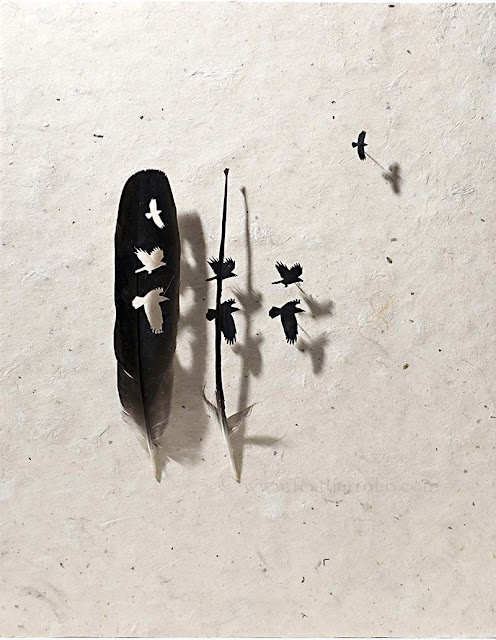Having been founded only within the last 300 years, America is, in the large scope of things, a relatively young country. While this may make us the plucky, optimisitic youngster on the global scene, it also means we have no where near the bredth and depth of national identity that has been crafted in ancient societies like China, Japan, or the old world nations of Europe. In the past, attempts have been made (by individuals as well as the national subconscious) to fill this cultural gap--folk stories like Paul Bunyun or John Henry fantacized the pioneer spirit of the West ( as well as the logging and railroad industries). The space race ignited flagging national pride in the 60's.
Today, however, as the world becomes more global, and the strengths and weaknesses of American culture are under constant debate, many Americans have turned to a different source of personal inspiration, an ancient, epic tale filled with American values like loyalty, honesty, pride, redemption, the triumph of good over evil, democracy over imperialism--yes, I'm talking about Star Wars.
For a set of hoaky (but well-written) science fiction films from the late 70's, these films have captivated the American mindset in ways no other fictional stories have been able to acheive, except maybe the Bible, but I won't go there. Browse the internet for any amount of time, and you're bound to find how deep Star Wars has pervaded our cultural consciousness--the sheer number of fan-made art, costumes, films, cartoons, toys, clothing, and fiction is incredible, and people only want more. Even the failed attempts at re-establishing the franchise in the early 2000s was met with an explosion of support and enthusiasm, despite the lack of direction/acting/storytelling/artistic merit that defined the later three movies.
With the religious-like furvor that people have for this series, it's often hard to remember that each moment in these films was crafted by an individual: imagined, designed, and executed by an artist. One of these such artists, or should I say, THE artist, behind Star Wars, is the amazing illustrator and aeronautics expert, Ralph McQuarrie, who died this week. Responsible for creating the iconic looks for all of the original Star Wars space crafts, as well as C3PO and Darth Vader, his personal touch created much of the palpable textures and atmospheres that make the pre-CGI sets of the original films so amazing from an artistic standpoint. His huge body of work (mostly done in oils) give amazing depth and feeling to stories we've all probably watched dozens and dozens of times. Beside his design skills, McQuarrie's sense of space and color are inspiring in themselves, and any aspiring illustrator should take serious note.
As an aside, I also appreciate McQuarrie's design panels that didn't make it into the movies--images like the entrenched rebels in the snow, that add more texture and increase the scope of an already epic story. Below, i've included a rather extensive body of McQuarrie's Star Wars work, however, it should be noted that he did design work of many notable films, like E.T., Cherry 3000 (check it out on Netflix...it's awesome), Close Encounters of the 3rd Kind, among others. Enjoy.
































.jpg)


.jpg)
.jpg)
.jpg)

.jpg)
.jpg)













